Canadian Banking 101
By Shu-Feng Tsao
February 3, 2022
After landing in Canada, opening a bank account is one of the many necessary things international students must do. Although it seems easy to do since major Canadian banks are used to completing such tasks for international students, there are still some hidden or unspoken rules that may not appear on bank websites. Therefore, this blog post aims to offer some insights for international students who need to open their first bank account in Canada.
In general, international students need to open two types of bank accounts simultaneously: (1) a checking account for daily expenses, and (2) a savings account for emergency funds or for short or long-term saving while earning some interest. Unlike checking accounts, savings accounts are not used for daily transactions. Basically, people don’t touch money deposited into their savings accounts, unless needed. There are many great online articles detailing comparisons and utilization of checking and savings accounts.
As international students, we can take advantage of “student accounts/packages” that usually come with both account types and a credit card in a package with minimal fees, more free transactions, lower deposit requirements, and other perks. It’s recommended to open student accounts from at least one of the “Big 5” banks in Canada:
- Royal Bank of Canada (RBC Royal Bank)
- Toronto-Dominion Bank (TD Canada Trust)
- Scotiabank
- Bank of Montreal (BMO)
- Canadian Imperial Bank of Commerce (CIBC)
Although different banks offer different kinds of student accounts or packages, here are some common considerations to help international students determine which bank accounts to open:
- Bank account fees: be aware of fees charged for various circumstances. Some banks will require students to deposit or maintain certain minimal funds to open or waive management fees for their checking/saving accounts, respectively. Others may include ATM withdrawal fees if using other banks’ ATMs; (international) incoming and outgoing wire transfer fees; cheque verification fees; (monthly/quarterly/yearly) paper statement fees if not using e-statements; etc.
- Number of e-transfers: some banks offer unlimited e-transfers, whereas others have caps on this. We will need to pay fees if our e-transfers go beyond the cap.
- Branch/ATM location convenience: CIBC has a branch on the main campus in the Student Life Centre (SLC) basement. Most ATMs on the main campus also belong to CIBC. However, students can easily find any “Big 5” banks or their ATMs within short distances to main campus.
- Student credit card: for international students who have no prior credit history, some banks will require a minimum deposit that is twice your credit line to obtain a credit card. For instance, if we want to get a student credit card with a line of $500 Canadian dollars, some banks will require us to deposit at least $1,000 in our checking or saving account. This varies from bank to bank. Furthermore, while Canada and the United States (US) use the same credit bureaus for credit scores and history, we can’t transfer our credit scores and history from the US to Canada, or vice versa, unfortunately. However, if you’re already familiar with how credit scores and history work in the US, you can apply the same principles in Canada, given their similarities.
- Extra perks: depending on when we open our bank accounts, different promotions will apply.
Once we have opened and remained active on bank accounts offered by the “Big 5” for at least 6 months or 1 year, we can start to search for checking or saving accounts with higher interest rates offered by small, online banks, such as EQ Bank or Tangerine. In addition, some banks will likely (automatically) increase our credit card line if we have always paid our credit card bills on time for at least 6 months.
Good luck with your bank management!
About the Author
Shu-Feng Tsao (she/her) is GSA’s International Student Coordinator and a PhD candidate in the DI4PH Lab, School of Public Health Sciences (SPHS), with a specialization in Health Informatics. Her thesis research focuses on social media infodemic and currently develops a conceptual framework to explain how health (mis)information has influenced individual and collective behaviours. Shu-Feng has also served as VP of Communication for SPHS GSA.
Prior to her doctoral program, Shu-Feng stayed in the United States for 5 years. She earned two master’s degrees and worked as a data analyst in a start-up and a global insurance corporation. In her free time, she enjoys traveling, trying different cuisine, and practicing yoga. She also loves scuba diving during summer.
If you have any questions or wish to contribute to the graduate student blog, contact me at gsa-international@uwaterloo.ca!
